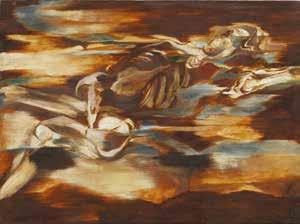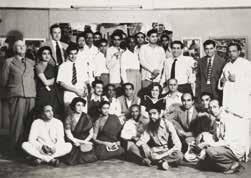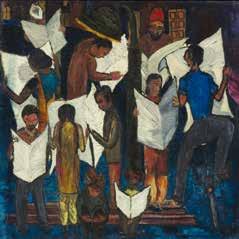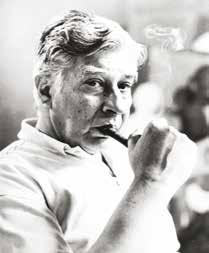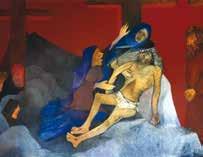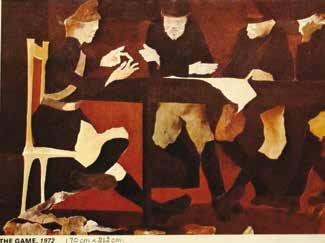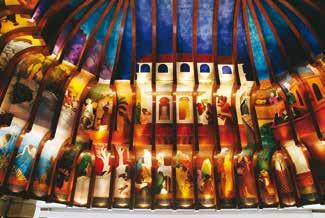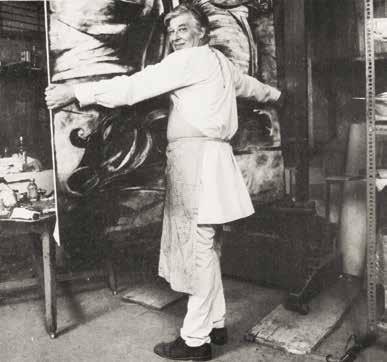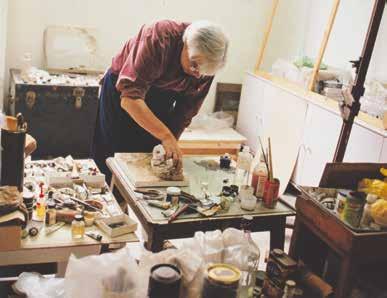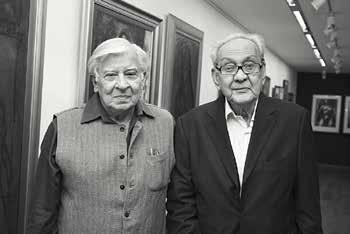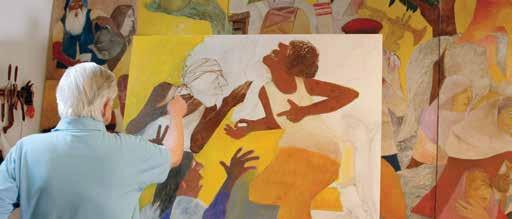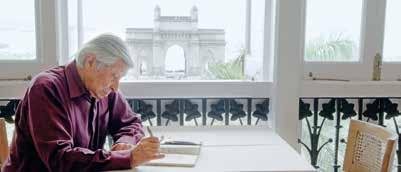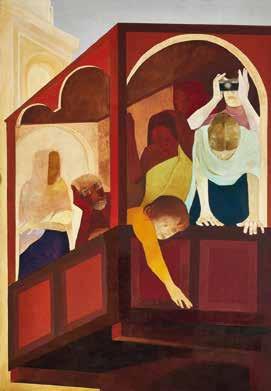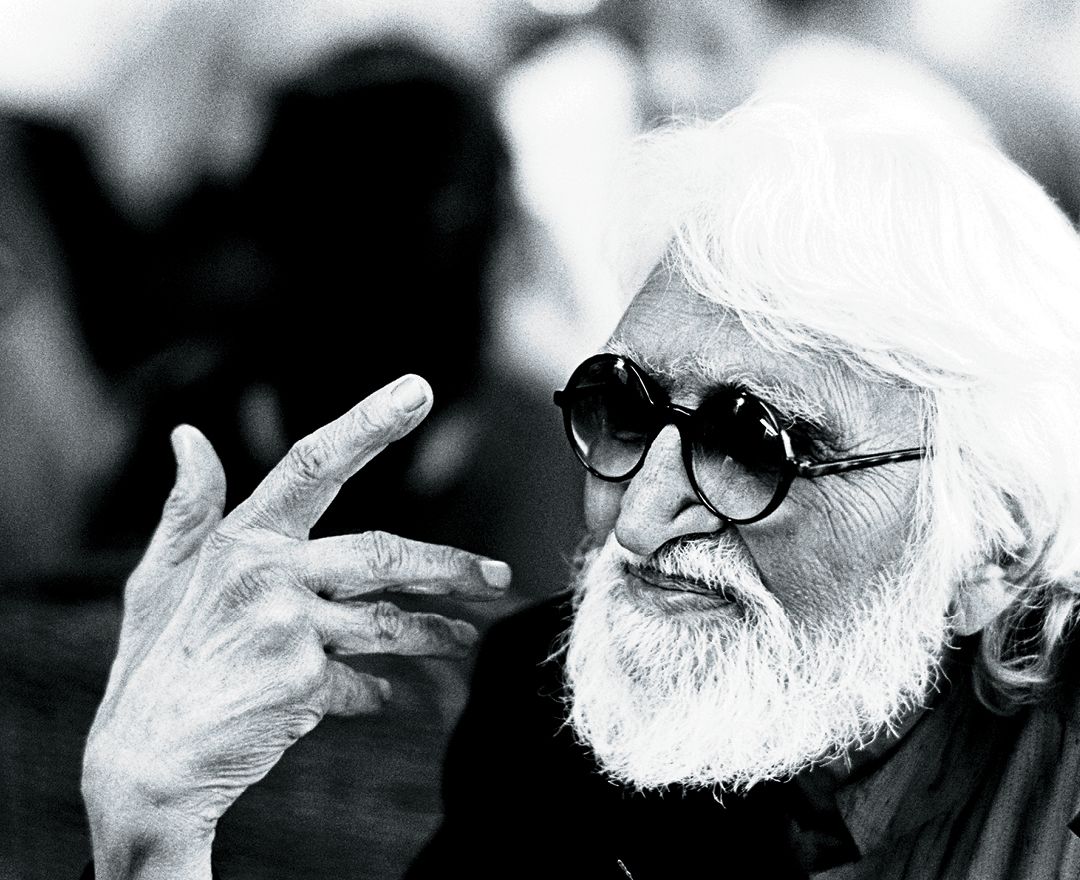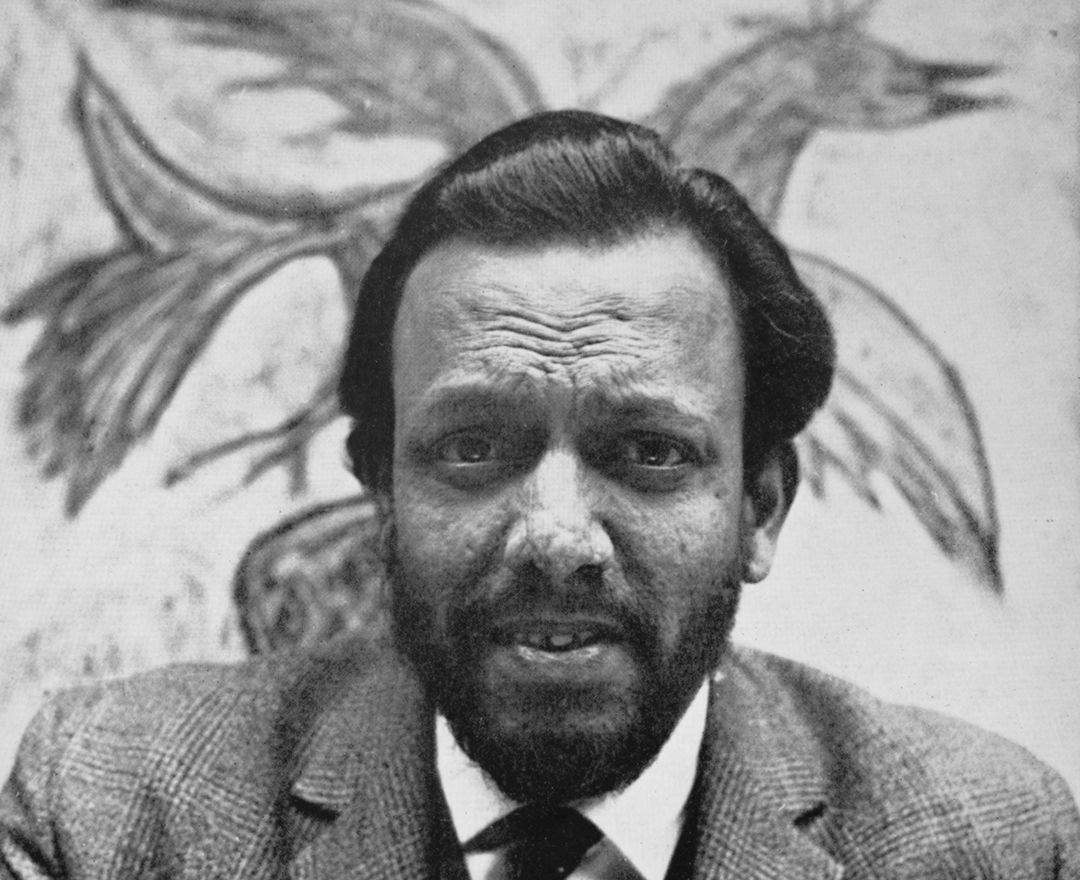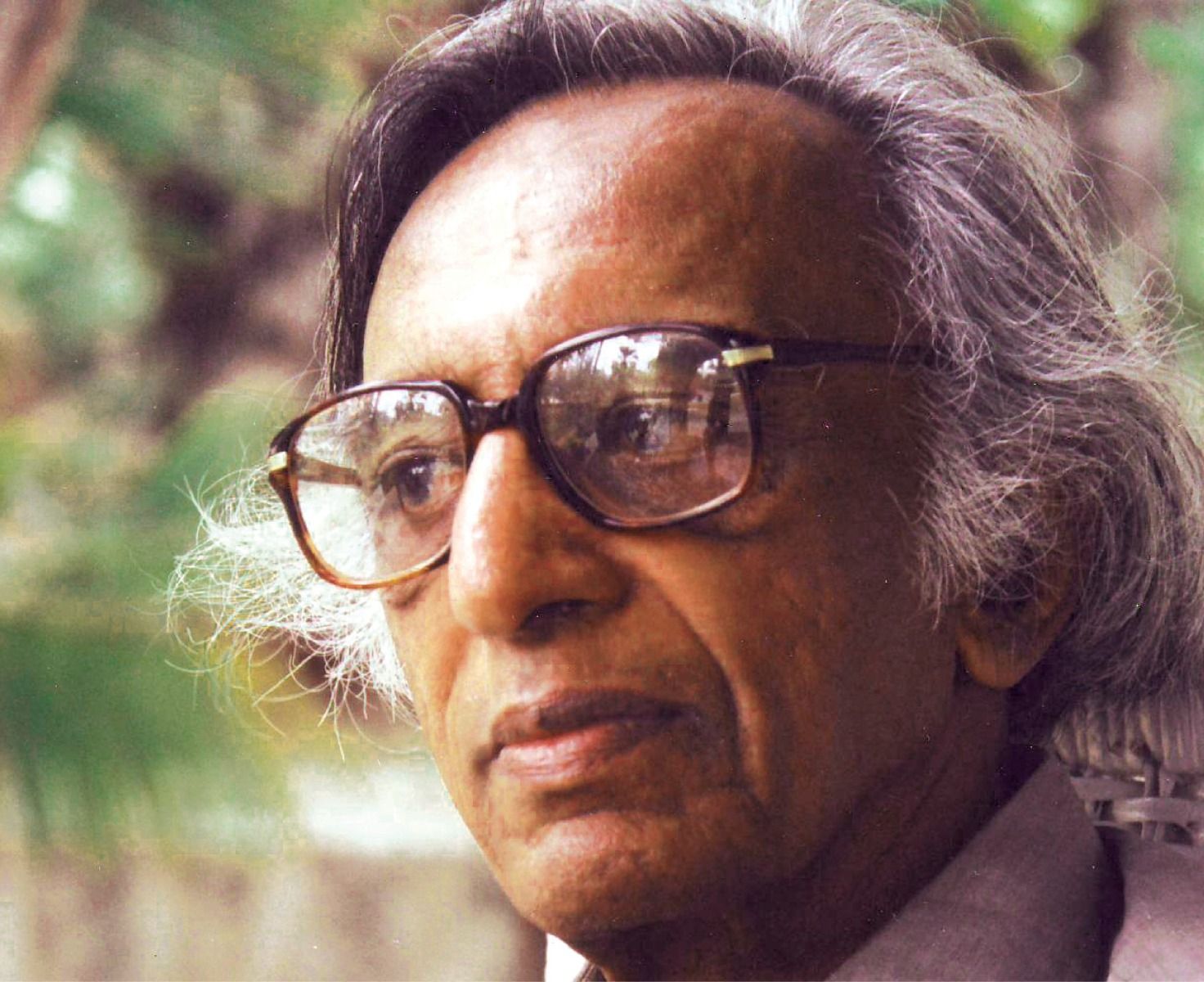Krishen Khanna
Krishen Khanna
Krishen Khanna
|
b - 1925 Krishen Khanna |
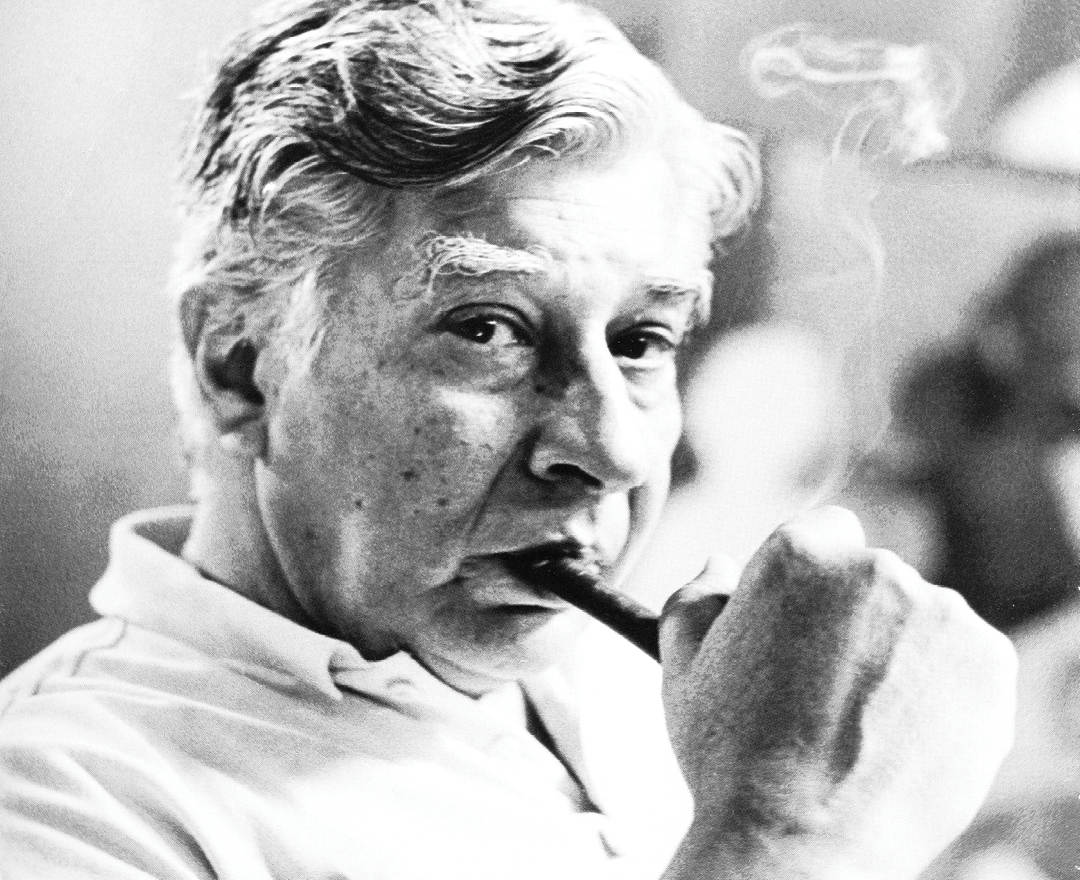
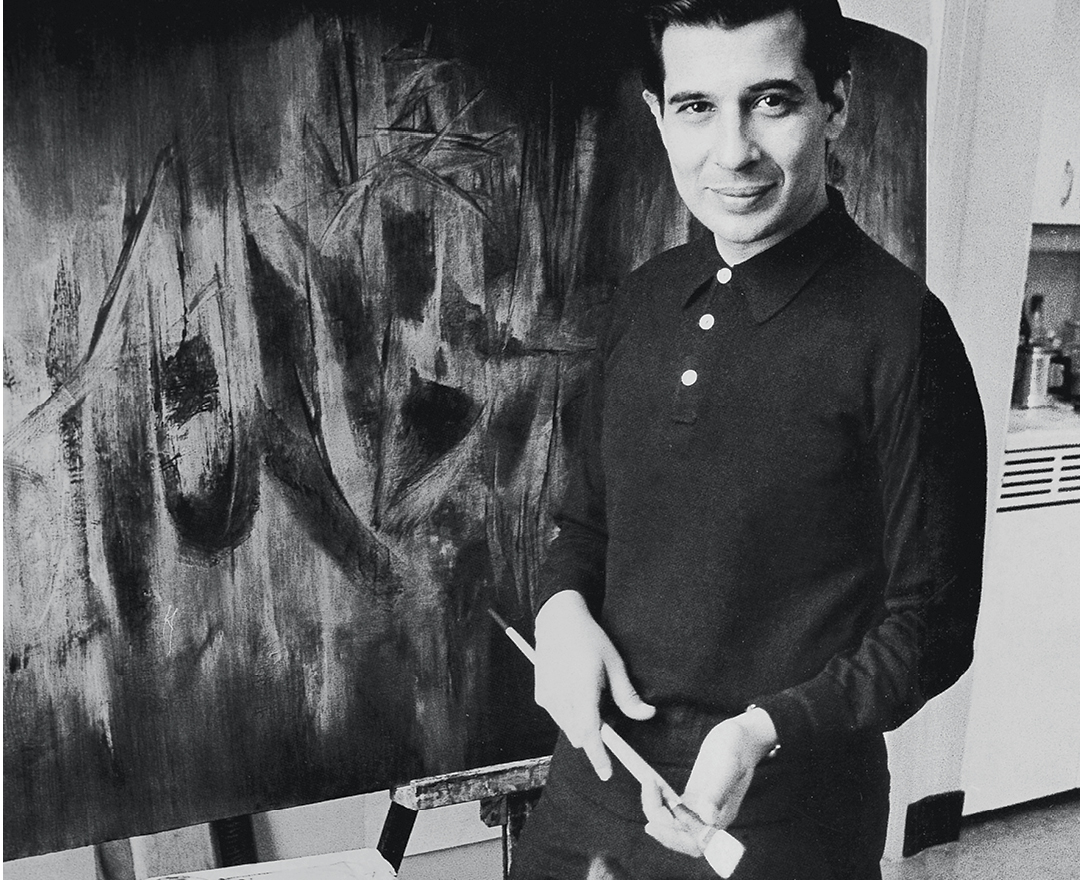

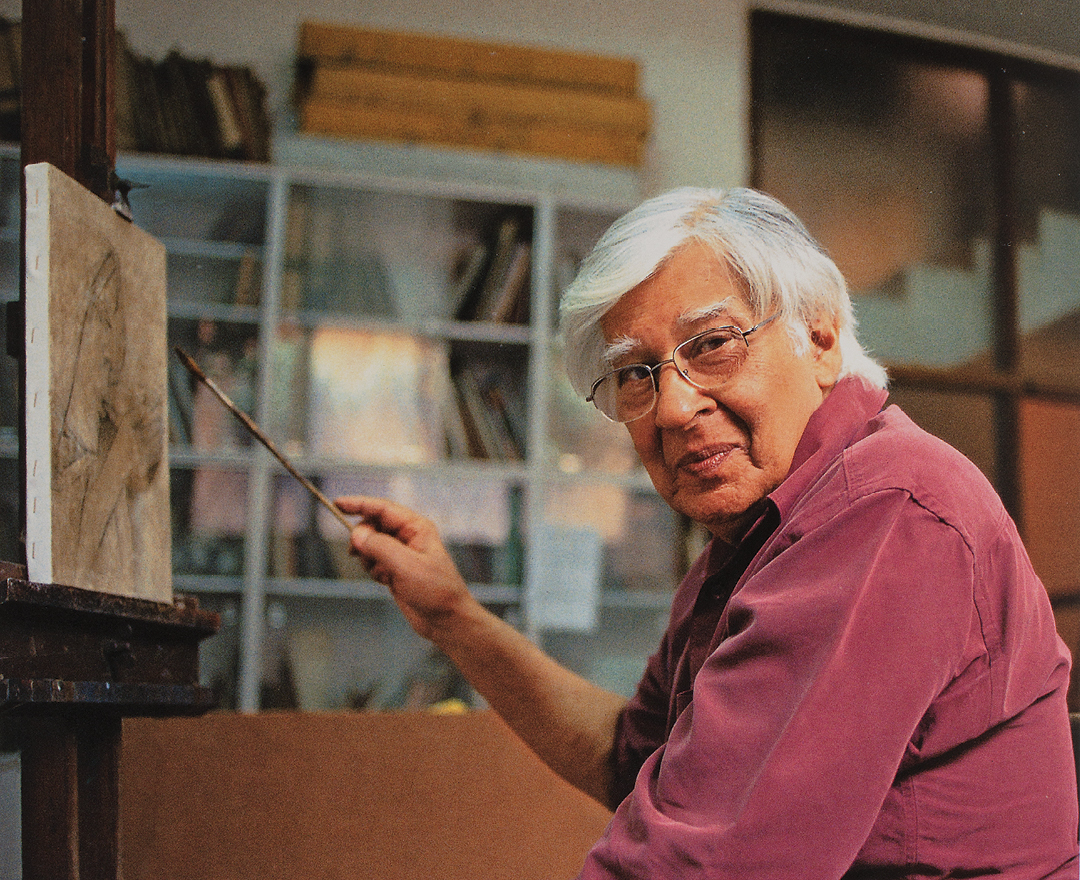
‘All great art has to be local… At the same time, great art transcends the ordinary moment and strives to a moment in infinity’
KRISHEN KHANNA
artist timeline
artworks
dag exhibitions
|
The ‘Manifestations’ series of 20th Century Indian Art, Editions V, VIII, XI |
|
DAG New Delhi and Mumbai, 2011-14 |
|
‘Mumbai Modern: Progressive Artists’ Group 1947-2013’ |
|
DAG, Mumbai, 2013 |
|
‘Indian Divine: Gods & Goddesses in 19th and 20th Century Modern Art’ |
|
DAG, New Delhi and Mumbai, 2014 |
|
‘Indian Portraits: The Face of a People’ |
|
DAG, New Delhi, 2013; Mumbai, 2014 |
|
‘India Modern: Narratives from 20th Century Indian Art’ |
|
DAG, New York, New Delhi, Mumbai, 2015; Chandigarh, 2017 |
|
‘India’s Rockefeller Artists: An Indo-US Cultural Saga’ |
|
DAG, New York, 2017; Mumbai, 2018 |
|
‘Navrasa: The Nine Emotions of Art’ |
|
DAG, Mumbai and New Delhi, 2020 |
|
‘The Fifties Show’ |
|
DAG, New Delhi, 2020 |
|
‘The Sixties Show’ |
|
DAG, Mumbai, 2020 |
|
‘Ways of Seeing: Women Artists | Women as Muse’ |
|
DAG, New Delhi, 2021 |
|
‘Iconic Masterpieces of Indian Modern Art’ |
|
DAG, Mumbai, 2021 |
notable collections
|
National Gallery of Modern Art, New Delhi |
|
Kiran Nadar Museum of Art, New Delhi |
|
Jehangir Nicholson Art Foundation, Mumbai |
|
Piramal Art Foundation, Mumbai |
|
Tata Institute of Fundamental Research Art Collection, Mumbai |
|
Roopankar Museum of Fine Arts, Bharat Bhavan, Bhopal |
|
CITI India Corporate Collection |
|
Glenbarra Art Museum, Himeji |
archival media










